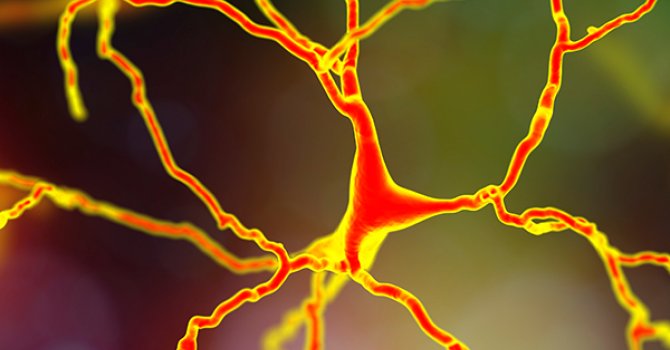
15 Aug Autism, Rare Cannabinoids & the Endocannabinoid System
Among multiple mental health conditions being investigated for their connection with the endocannabinoid system, autism spectrum disorder may be among the most intriguing. For years, researchers have studied the treatment of autism symptoms with CBD and other cannabinoids. And they’ve probed many apparent links between autism and various aspects of endocannabinoid system function.
Though the field is still relatively young, some key points have already been established. A review published in May 2021 concluded that “cannabis and cannabinoids may have promising effects in the treatment of symptoms related to autism spectrum disorder, and can be used as a therapeutic alternative in the relief of those symptoms.”
One month later, an article in Autism Research described a study in which male and female mice lacking the CB1 cannabinoid receptor were analyzed for their social behavior and communication, two key areas in autism spectrum disorder (ASD). Researchers observed that these “mutant” mice both vocalized and behaved differently than normal, control mice.
“Our results show that loss of this receptor results in several changes in social behavior and communication both during early development and in adulthood, thus supporting the role of the endocannabinoid system in these ASD-core behavioral domains,” the authors conclude.
CBDV: Toward the Neurotypical
More than two dozen other papers on autism and cannabis or cannabinoids have been published this year. In July, the journal Molecular Autism presented evidence that the administration of cannabidivarin (CBDV), a propyl analogue of CBD also found in the cannabis plant, can modulate functional connectivity in the striatum toward the “neurotypical.”
The striatum is a part of the basal ganglia that plays a central role during development. Previous research from some of the same UK– and US-based authors established that both CBD and CBDV affect brain function in the basal ganglia differently among those with autism spectrum disorder versus those without.
The new paper extends that link even further to functional connectivity, a measure of correlation in brain activity that can be assessed via functional magnetic resonance imaging (fMRI). Atypical functional connectivity in the striatum may contribute to multiple ASD symptoms, the authors explain.
Future studies could bring the science one step closer to the real world by determining whether modulation of functional connectivity in the striatum is associated with a meaningful change in symptoms.
CBC & Bladder Cancer
Speaking of so-called “minor” cannabinoids, a recent study in the journal Molecules highlights the potential clinical value of cannabichromene (CBC), an intriguing minor phytocannabinoid present in small amounts in many cannabis varietals.
Researchers in Israel aimed to identify cannabis compounds and their combinations presenting cytotoxicity against bladder urothelial carcinoma, the most common urinary system cancer. By using an assay to test various cannabis extracts for cell toxicity and high-performance liquid chromatography to identify the chemical content of the extracts, the scientists determined that the most active extract contained CBC and THC.
Their preclinical results, published in January 2021, indicate that CBC and THC together as well as CBD on its own inhibited cell migration and induced cell death in urothelial carcinoma cells.
Rare Plant Cannabinoids
Cannabis isn’t the only plant that contains useful cannabinoids. In a review article in the journal Plants, researchers based in India and Poland write about the presence and biosynthesis of a wide range of lesser-known phytocannabinoids in fungi (grifolic acid, cannabiorcichromenic acid), liverworts (lunularic acid, vittatin), rhododendron (daurichromenic acid, rhododaurichromenic acid), and flowering plants in the genera Glycyrrhiza and Helichrysum (amorfrutin, bibenzyl-CBG).
Although they occur naturally in only tiny amounts, these cannabinoids are known to help the plants relieve abiotic stresses such as cold, heat, excessive light, and UV radiation, and to protect them from pathogens and being eaten, the authors write. And since these compounds also possess other therapeutic, antibacterial, and antimicrobial properties, they are potentially useful in treating human disease.
Better understanding their natural synthesis in plants may provide insight into how these compounds can be replicated and produced on a sufficient scale for clinical use, the authors conclude.
Nate Seltenrich, an independent science journalist based in the San Francisco Bay Area, covers a wide range of subjects including environmental health, neuroscience, and pharmacology.
Copyright, Project CBD. May not be reprinted without permission.



Sorry, the comment form is closed at this time.